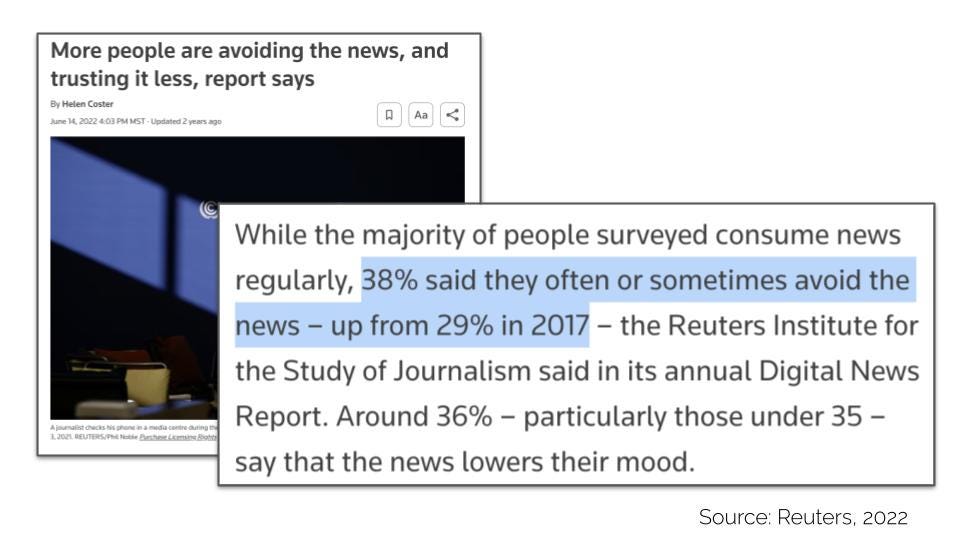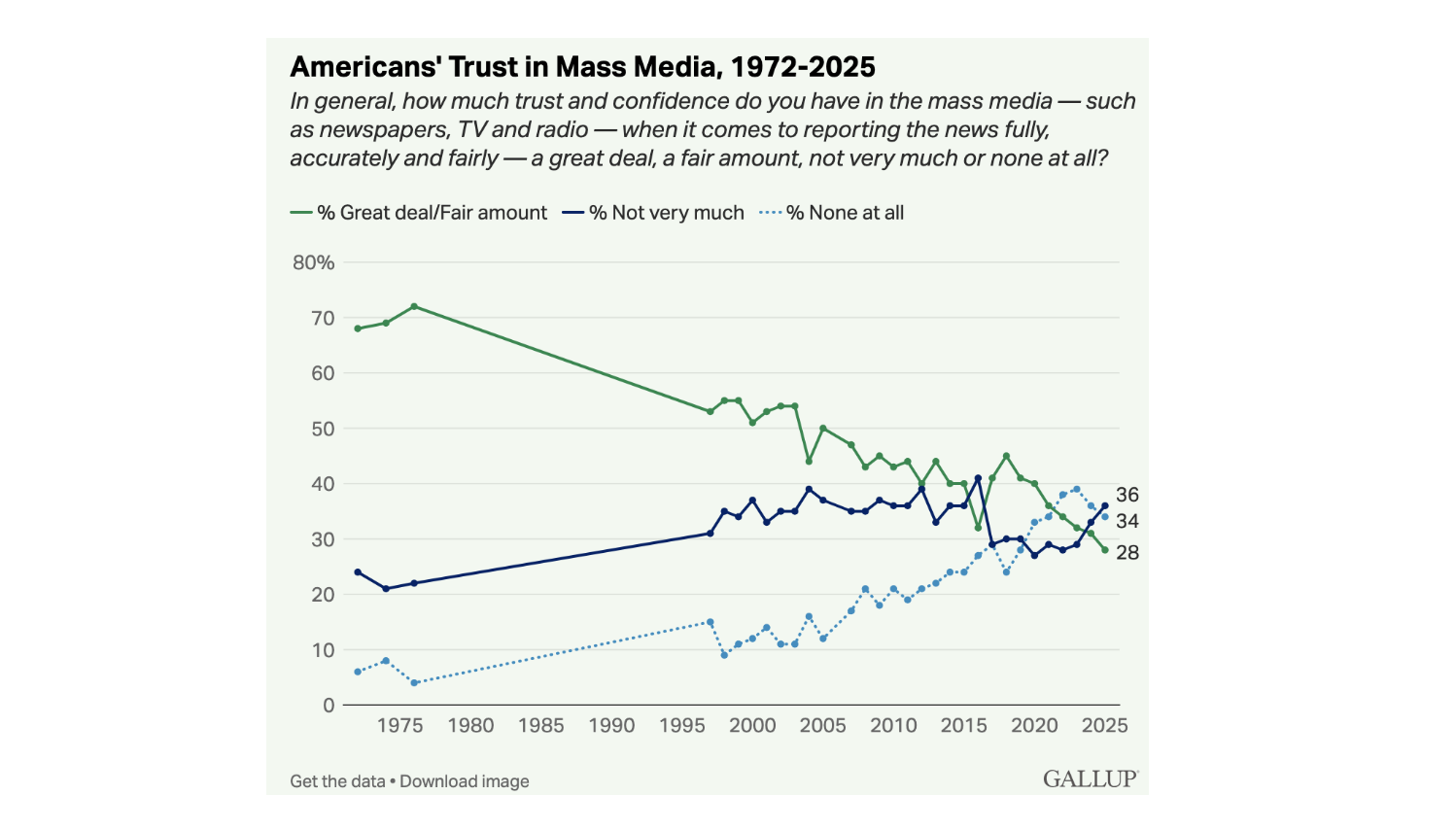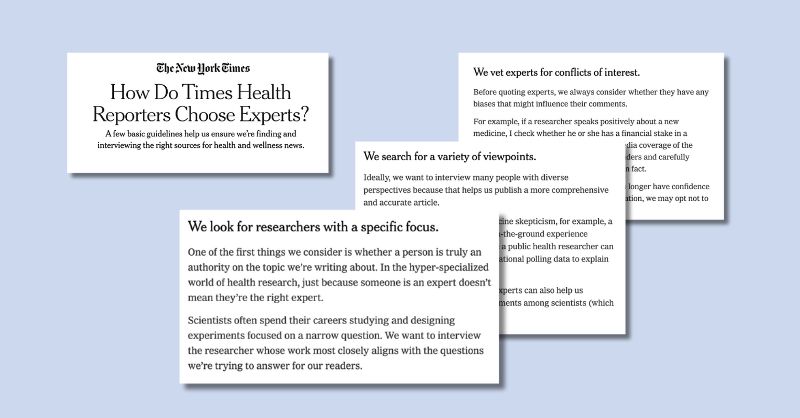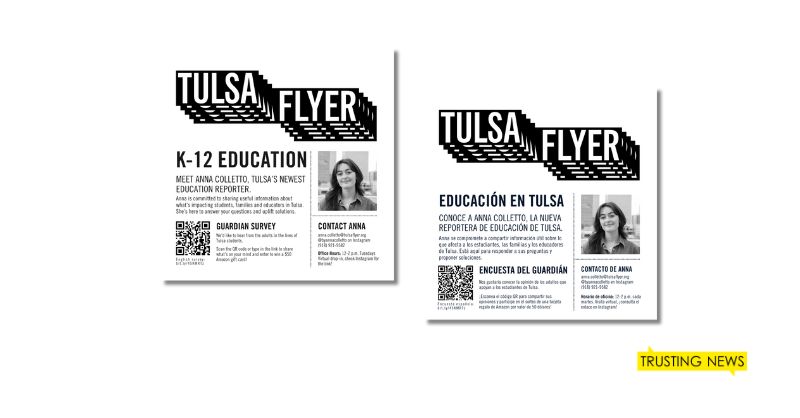
Many people avoid the news, especially political news. Here are three strategies for how journalists can combat this.
How journalists can reach beyond political junkies
Note: For today’s newsletter on news avoidance, we’re taking some of our own advice and have adjusted the format to help the newsletter feel more accessible and scannable for journalists who may be overwhelmed by all the election support and advice being offered. (We’re loosely basing this off of Axios’ Smart Brevity model. Reply to let us know what you think of it.)
The problem we’re addressing today
Many people have a very casual relationship with both news and politics. Yet news coverage, especially political coverage, often feels full of jargon, is hard to understand and is overwhelming. This makes the news feel irrelevant, distant and sometimes even boring, and so a growing number of people are tuning out from the news altogether.

Why news avoidance matters
It’s bad for news outlets, who need an audience, and it’s also bad for civic engagement.
Consistent news avoiders tend to be disproportionately from groups of people who are already socially and politically disadvantaged. These same groups of people also often express feeling underserved by news coverage, making it mission-critical for journalists to invest in better understanding and reaching these audiences.
The research
- 38% of people say they regularly avoid the news, and this number has been trending up over the years. (Reuters)
- 43% of people say consuming news makes them feel worse emotionally (Pew)
- 80–85% of people follow politics casually or not at all (Stony Brooke University)
- We also know a lot about how news avoiders perceive the news thanks to this book, Avoiding the News, from the research team at the Reuters Institute.
3 things journalists can do
1. Understand news avoiders’ mindsets. Start by getting curious about whether you’re providing information that would serve news avoiders in your audience. Ask questions like: How does the news make them feel? How do they access information? What would feel valuable to them about news coverage? If you’re feeling strapped for time, start small by asking friends, family, or adding these questions to the end of interviews with sources. We have an interview guide with questions to help.
- Newsroom example: ABC10 created a quick election survey and distributed it outside of their normal communication channels to learn what kind of election coverage people not already tuning in would want.
2. Reduce the complexity of your coverage. Large segments of the public are interested in news that gives them the key highlights of what they really need to know so they can move on with their busy lives. Journalists can address this by providing really basic, useful election information in a way that feels accessible and not overwhelming.
- Newsroom examples:
- We’re clearly fans of Axios’ Smart Brevity model of newsletter that uses bolded texts, bullet points and quick summaries to keep people engaged.
- ABC10 created quick videos that explained each ballot proposition in clear, succinct ways that viewers watched when filling out their ballots.
3. Explain the value of news — and of YOUR news. News avoiders report feeling like they’re not missing anything important when tuning out the news. They don’t understand the value of your coverage, and they don’t see how specific coverage relates to or impacts their daily life. To counter this, explain how you’re working to be an exception to overwhelming or pointless news coverage. Share how you work to be ethical, and what sets your information apart from other information or media coverage.
- Newsroom example: WITF uses an election FAQ to explain their mission, ethics and how they plan to cover the election. You could include an explanation of how you’re working to be an antidote or an exception to what is legitimately frustrating and alienating about the news.
Go deeper
- Looking for more guidance and examples? We hosted a training on this topic last week and you can watch the replay here.
- We wrote a series of newsletters on how to better reach and serve news avoiders. Check it out here.
- A few months ago, we hosted a webinar with researcher Dr. Benjamin Toff. (His team at Reuters has done a ton of research on this topic, which we reference often.)
At Trusting News, we learn how people decide what news to trust and turn that knowledge into actionable strategies for journalists. We train and empower journalists to take responsibility for demonstrating credibility and actively earning trust through transparency and engagement. Learn more about our work, vision and team. Subscribe to our Trust Tips newsletter. Follow us on Twitter and LinkedIn.

Project manager Mollie Muchna (she/her) has spent the last 10 years working in audience and engagement journalism in local newsrooms across the Southwest. She lives in Tucson, Arizona, where she is also an adjunct professor at the University of Arizona’s School of Journalism. She can be reached at mollie@trustingnews.org and on Twitter @molliemuchna.



